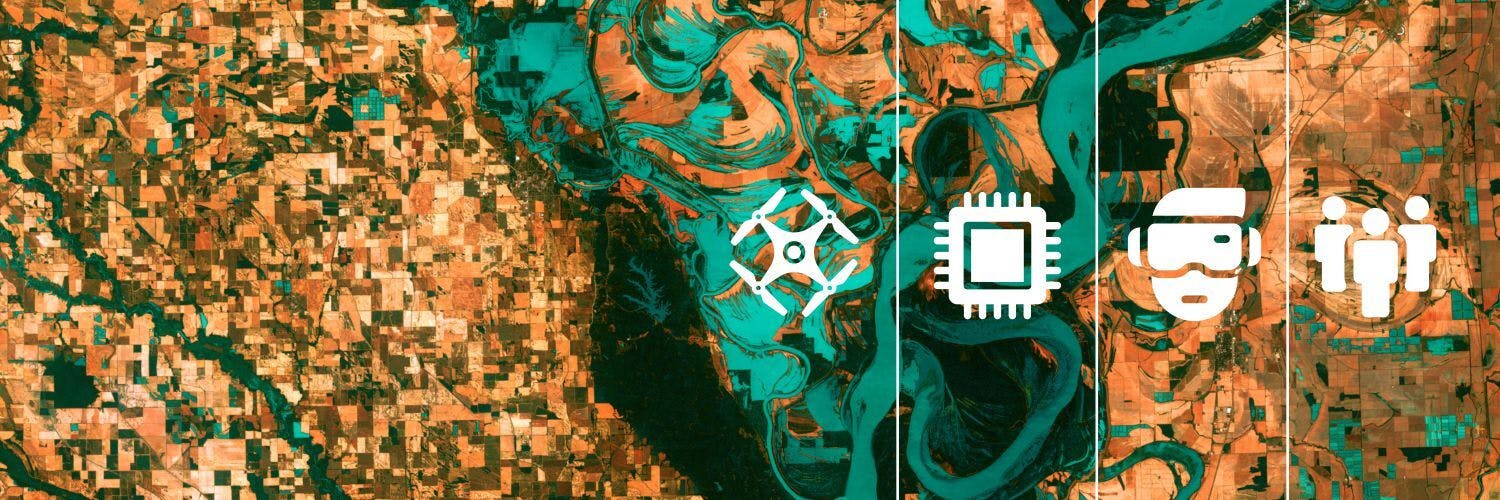Wrapping up Callisto: The Beauty of Satellite-based Research
,The EU-funded research and innovation action Callisto has come to an end. There's the usual sadness of saying goodbye to the consortium and archiving our work, but we also feel happy about completing yet another beautiful project. Time for some reflection.
There are three really nice things about CALLISTO we'd like to share with you:
Beautiful insight #1: Satellite imagery is a winner.
Satellite data, like the kind used in CALLISTO, is a game-changer for many industries, including journalism. While it has its challenges, Callisto has shown how valuable this data can be. Here's just one example: How do you visualize air quality? It's invisible! This can be a hurdle for journalists reporting on the issue. In this post on the CALLISTO blog, we explored how newsrooms tackle this challenge, and how satellite imagery can be a powerful solution. Callisto's focus on satellite data was spot-on, and it has clear benefits for journalists.
Beautiful insight #2: CALLISTO produced a lot of different, very practical results.
CALLISTO is good for regional forecasts: Local journalists can use the system for accurate air quality forecasts, helping inform their communities. CALLISTO is also good in-depth reporting: Historical data allows journalists to dig deeper into environmental issues and trends. Furthermore, we've implemented a system that alerts journalists when pollution levels reach concerning thresholds. This allows them to report on breaking environmental events. Last, but not least,
Callisto allowed us to experiment with Augmented Reality (AR) data visualization.
Callisto's core strength lies in making complex satellite and sensor data accessible to journalists. We bridge the gap between raw data and usable information and thus empower journalists – even those without specific Earth Observation (EO) expertise – to tell environmental stories with impact. For a video demo of the platform, check out this post.
Beautiful insight #3: Always go for collaboration – and exploit synergies
DW's involvement in Callisto fostered internal collaboration. For instance, DW leveraged satellite data for a comprehensive investigation of European air quality. This project, conducted through the European Data Journalism Network, provided valuable analysis to other European media outlets working on similar stories.
Beyond collaboration, Callisto exemplifies the strengths of EU-funded projects: fostering connections across Europe. The project, initially remote due to the pandemic, thrived in the latter half with face-to-face meetings in Italy, Germany, and Spain. These meetings significantly boosted team morale and project progress.
